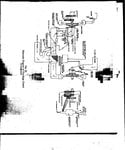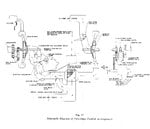Can anyone shed some light on the development use of multi-stage/multi-speed superchargers in the radial engines of WWII?
When did radial engine 2-stage superchargers become available?
I understand later versions of the F4U Corsair had 2-stage superchargers.
Allison seems to have taken a lot of heat for lack of development of 2-stage superchargers, but what about the makers of radial engines?
How did radial engine supercharger development compare to that of inline engines?
When did radial engine 2-stage superchargers become available?
I understand later versions of the F4U Corsair had 2-stage superchargers.
Allison seems to have taken a lot of heat for lack of development of 2-stage superchargers, but what about the makers of radial engines?
How did radial engine supercharger development compare to that of inline engines?



